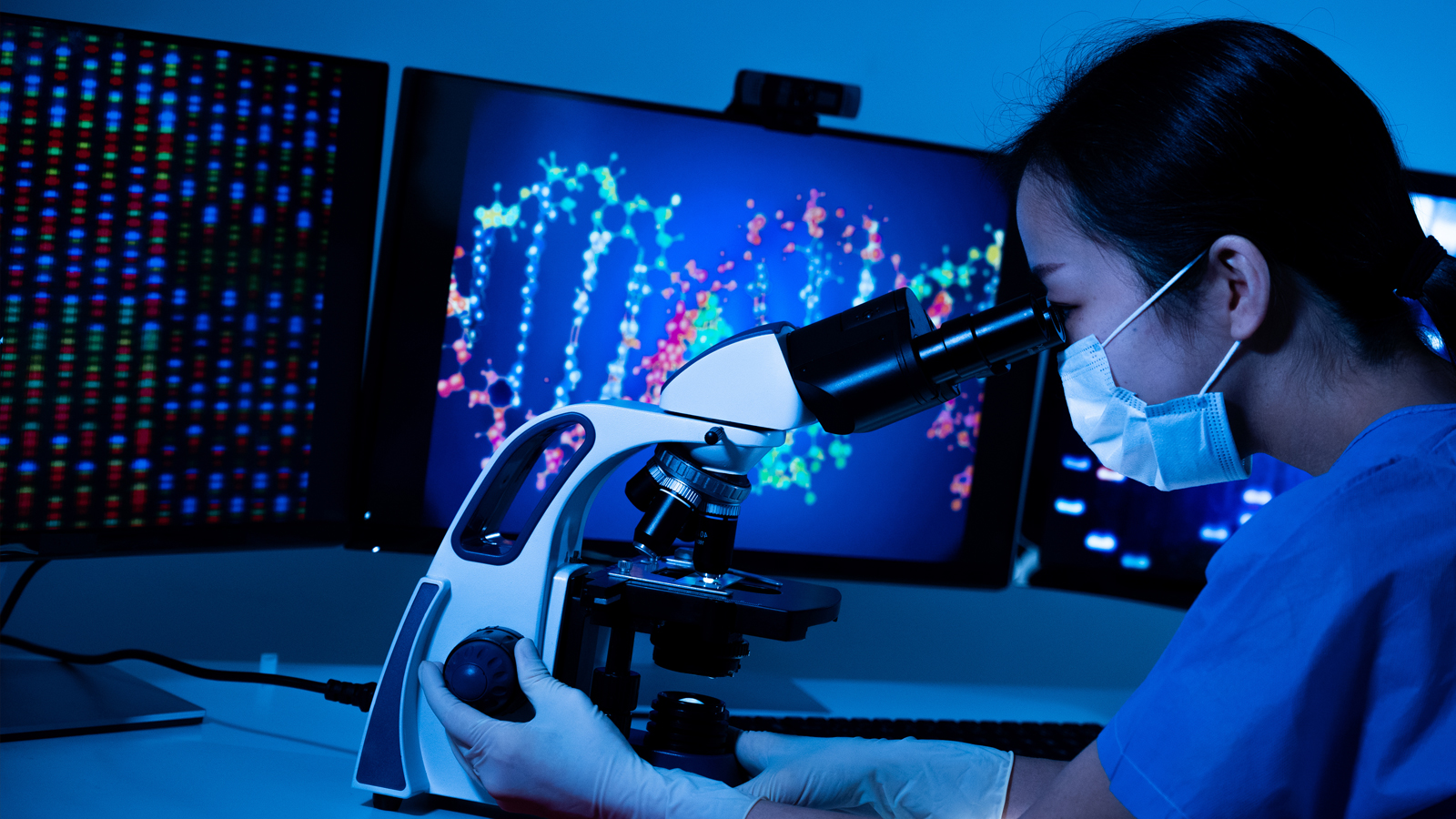The future potential of gene therapy
Beyond rare and ultrarare diseases


Gene and genetically modified cellular therapies have offered new hope for patients living with conditions for which there once was no cure. Most of these therapies have focused on rare or ultrarare conditions, sometimes with exceedingly small patient populations. This is because many of these disorders are linked to a single gene, which makes them ideal targets.
85% of rare and ultra-rare diseases are single-gene disorders1
Technological advances, such as CAR-T cell therapies and CRISPR-Cas9 editing, have allowed researchers to become more precise in targeting genes, helping to broaden the scope of what these treatments can do.2,3
Just last year, two gene therapies were approved for the treatment of sickle cell disease, which affects 100,000 Americans.4
Future gene and cell therapies could treat patient populations exponentially larger. Today there are thousands of trials underway to further explore their potential,5including studies on:
- Neurodegenerative diseases such as ALS, Alzheimer’s disease, and Parkinson’s disease6
- Genetically linked cardiovascular disorders such as a condition that causes abnormally high cholesterol, a type of heart muscle disease, and a form of heart failure7
- Autoimmune diseases such as rheumatoid arthritis, lupus, and multiple sclerosis
- Infectious diseases such as HIV8
While these potential therapies are likely years away, and barriers affecting manufacturing, access, and uptake persist, they demonstrate a need for payors to be forward-thinking in their gene therapy strategies. Keeping a proactive eye on the gene therapy pipeline can help you stay ahead.
Our newest gene therapy pipeline report offers a snapshot of which therapies are expected to launch in the next three years, including a new treatment for neovascular (wet) age-related macular degeneration – which could benefit as many as 2 million in the United States.
Learn more about our gene therapy solutions.


